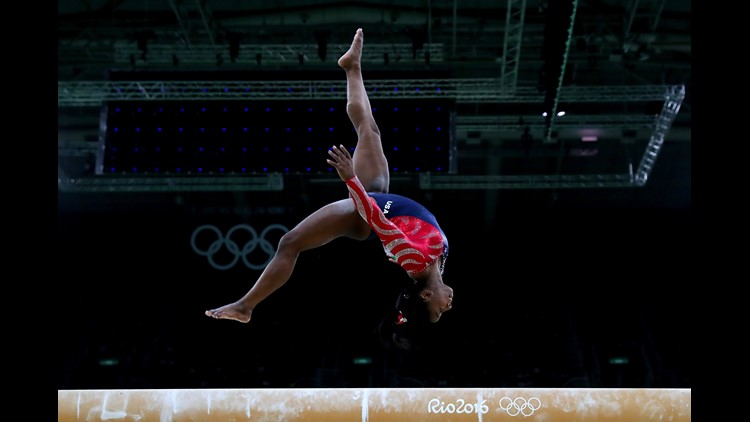Where have you gone Nadia Comaneci?
It’s been 40 years since the Romanian star made history by recording the first perfect “10” in Olympic gymnastics history in Montreal. Those days are long gone.
The International Gymnastics Federation overhauled the system a decade ago, trading in the “10” for a two-pronged approach designed to compel gymnasts to push the sport in a new direction.
While it has worked to an extent — look at what the U.S. did in qualifying as proof — it also doesn’t translate quite as well to the average viewers. So let’s break it down so you can look smart at the office when you say “man, I can’t believe Simone Biles didn’t get a 16 on her vault, she was totally robbed.”
The first element of the new system is the “D” score. Also known as the “start value,” basically the difficulty of your routine. The gymnasts are rewarded for connecting one element to another, building value throughout their routine. The more connections or the harder the element, the bigger the score. At the Olympic level most of the start values start around 5.5 and go all the way up to 7.0 on certain events like vault for the women and the high bar for the men.
Three-time world champion Simone Biles and three-time Olympic medalist Aly Raisman both had start values of 6.0 or greater for each of the four events during qualifying, the only all-around qualifiers to reach that level.
The second element is the “E” score, for execution. Basically how well you do it. The max score is 10.0, though one hasn’t been given since the new code was installed. The closest thing to perfection you’ll see these days is Biles on vault. She received a 9.7 E-score for her Amanar vault during qualifying. Add it to her D-score for the vault 6.3 and you get 16.0.
Trust us, that’s good.
So basically if we’re going by school grading: for the Olympic level a score of 14.0-14.5 is a C. A 14.6.-15.2 is a B. Anything over 15.2 is an A. Anything at 16.0 or better is A-plus.



